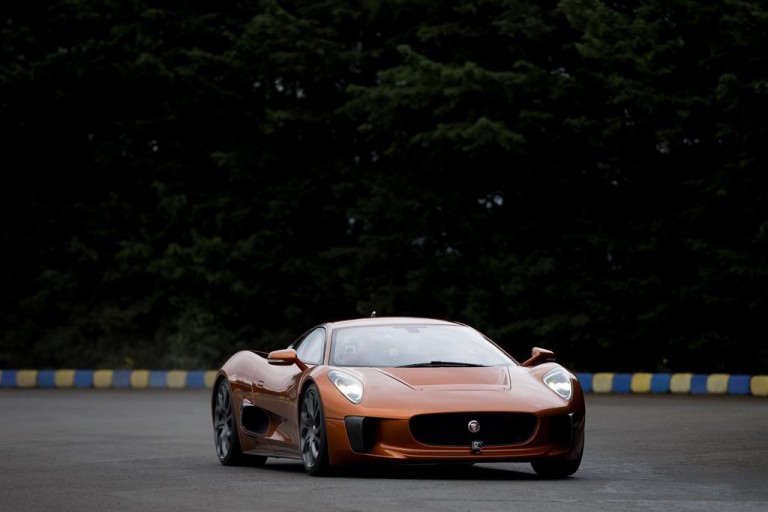
Source: Jaguar
In the auto industry, nothing is certain about a car until it begins rolling off the assembly line. Take Tesla’s upcoming Model 3 for example: Company founder Elon Musk said late last year that we wouldn’t see the full car at its unveiling in March. Then, company reps told the assembled press that the cars on display were near production-ready prototypes. Since then, we’ve learned that everything from the rear trunk opening to the interior design is likely to change before it arrives late next year.
And that’s a mild example. There are dozens of cars throughout history that were supposed to do everything from revolutionize the way we drive to add depth to a brand that were well on their way — until they weren’t.
While this list could go on forever, here are eight of our favorite “what-ifs” that disappeared somewhere between concept and production, and were never heard from again.
1. Tucker 48

Source: Patrick Ernzen/RM Sotheby’s
If Preston Tucker had his way, the Tucker 48 would’ve had crumple zones, a safety cage, padded dashboard, full-independent suspension, disc brakes, and fuel injection standard on a car in 1948. Things didn’t turn out quite that way, but then, things didn’t exactly turn out for Tucker at all. The 48 was unveiled to great fanfare in the years following World War II, and promised to revolutionize the auto industry, but cash flow problems doomed the company almost from the beginning. By 1950, the company was long gone, and with just 51 cars built, it remains one of the greatest automotive what-ifs in history.
2. Chevrolet AeroVette
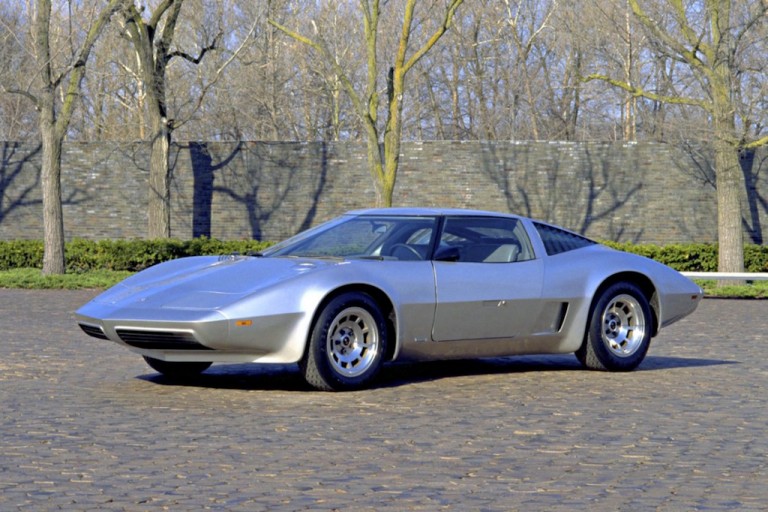
Source: Chevrolet
If you ever wondered where the decades-long mid-engined Corvette rumor got its start, look no further than the AeroVette. While the project started in the late ’60s, by 1970, the radical mid-engined layout was taking the budding supercar world by storm, and once Ford announced that it would sell the DeTomaso Pantera in the U.S., then-Chevrolet chief John DeLorean thought GM needed to strike back quick. As a concept, the AeroVette went through several iterations: aluminum-bodied show car, rotary-powered experiment, and finally big-block powered bruiser. It was approved for production in 1976, but by 1980, long-time supporters Bill Mitchell, Ed Cole, and Zora Arkus-Duntov had all retired, and their replacements unceremoniously killed the car before it ever saw the light of day.
3. Nissan R390

Source: Chevrolet
In the mid-’90s, the McLaren F1 ruled the supercar roost as both the world’s fastest production car, and 1995 24 Hours of Le Mans winner. Nissan was eager to enter the supercar world, and partnered with the British Tom Walkinshaw Racing (the company behind the Jaguar XJ220 and Aston Martin DB7) to develop its own McLaren fighter. The R390 was ready by 1997, and like its rival, would be offered as a 200-plus mile per hour road car with a $1 million price tag. But in 1998, the FIA changed GT class rules, and Nissan scrapped its supercar project after just five (four racing and one road) cars were built.
4. 2004 Chrysler ME 4-12
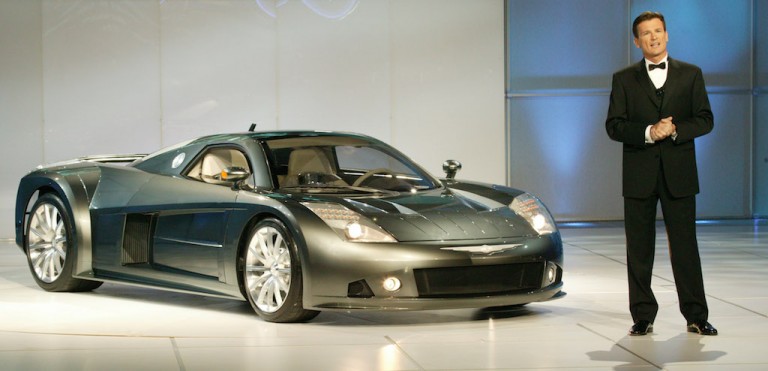
Source: Fiat-Chrysler Automobiles

Stan Honda
or 2016, Porsche introduced a face-lifted Cayman and Boxster under the name 718. But just a few years ago, the 718 was supposed to be an entirely different car, slotting well below Porsche’s current entry points. Based on Volkswagen’s 2009 BlueSport roadster concept (pictured above), the baby Porsche would’ve likely had a 210-horsepower four mounted amidships, started at around $40K, and arrived by 2016. Unfortunately, the company scuttled the project in late 2014, declaring “our entry model is our pre-owned program.” Thanks, Porsche.
6. Bugatti 16C Galiber
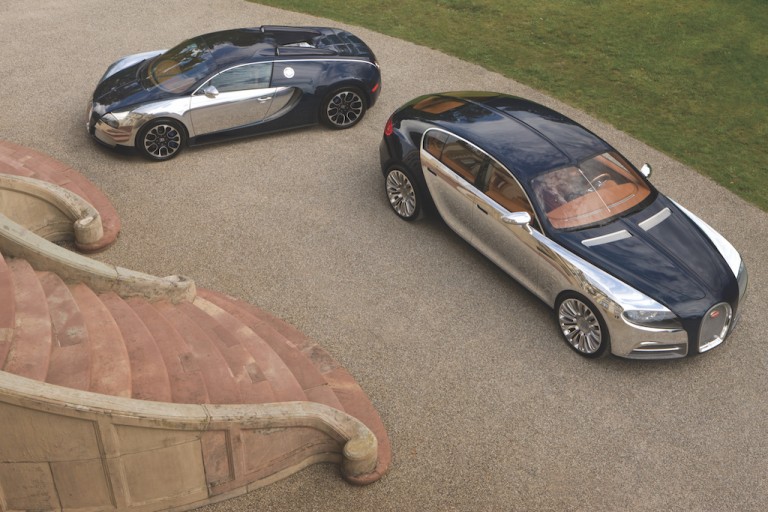
Source: Bugatti
7. Jaguar C-X75
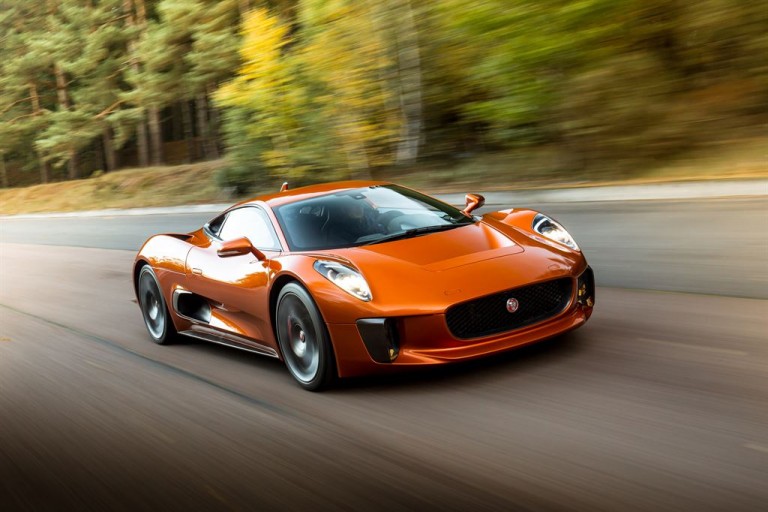
Source: Jaguar
In 2010, Jaguar stunned the automotive world with its C-X75 concept. Even better, in May 2011, it announced that the car was entering production, with 250 units available between 2013 and 2015 for $1.15 million apiece. Like the Porsche 918 Spyder, La Ferrari, and McLaren P1, the C-X75 would be a hybrid, have around 800 horsepower on tap, and easily top the 200 mile per hour mark. But a shaky global economy and production delays doomed the Jag, and in December 2012, the company officially announced that the C-X75 was dead. The closest most of us will ever get to the car is watching its memorable turn in the James Bond film Spectre.
8. Cadillac CT8

Cadillac Elmiraj concept | Source: Cadillac
Unlike some of the dream machines on this list, the CT8 made a lot of sense. Cadillac’s new CT6 fills an important niche in the luxury market, falling somewhere in between the midsize 5 Series/E-Class/A6 and the bigger 7 Series/S-Class/A8 contingencies, offering more than the former for less than the latter. But the CT8 would slot in above it, taking on the big executive models and hopefully re-establishing Cadillac as one of the world’s premier luxury brands. It would be big (as big as a Mercedes S-Class), rear-wheel drive, V8-powered, borrow heavily from the gorgeous Ciel and Elmiraj (above) concepts, and be here by 2020. Unfortunately, Cadillac decided that it should focus on building a more competitive (and lucrative) crossover and SUV lineup, and has cancelled its flagship program.
Source: Cheatsheet
